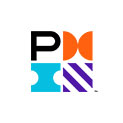August 27 2025 at 02:00PM
PMINEO’s Story: 35-years in the Making through the Eyes of Great Leaders
 The story starts with Harold Kerzner who explains that “when we founded the PMINEO Chapter, two dozen of us would meet once a month in a conference room at either Allen Bradley on Alpha Drive or at Cleveland Electric Illuminating (CEI), now First Energy. The definition of a dinner meeting was for each of us to bring our own dinner, usually sandwiches. Guest speakers at the dinner meetings were one or more of the two dozen of us sitting around the table that were not feasting on our sandwiches at that moment. And the most frequent topic of discussion was how miserable some of our projects turned out and what we learned. Well, it looks like we have come a long way from 25 years ago. The meetings are larger; the food is better; but for some of us, the misery of our projects still remains.”
The story starts with Harold Kerzner who explains that “when we founded the PMINEO Chapter, two dozen of us would meet once a month in a conference room at either Allen Bradley on Alpha Drive or at Cleveland Electric Illuminating (CEI), now First Energy. The definition of a dinner meeting was for each of us to bring our own dinner, usually sandwiches. Guest speakers at the dinner meetings were one or more of the two dozen of us sitting around the table that were not feasting on our sandwiches at that moment. And the most frequent topic of discussion was how miserable some of our projects turned out and what we learned. Well, it looks like we have come a long way from 25 years ago. The meetings are larger; the food is better; but for some of us, the misery of our projects still remains.”
The story continues with Adrian Lammi, who served as president in 1997 and 2001-2003, was one of the first members. Adrian explains that when he was president the group “introduced the idea of having multiple locations for meetings – one in Cleveland and one in Akron.” He goes on to say that “we were able to grow the chapter to two locations, and I was able to help the PMI at the state level. We helped the Toledo chapter to get re-established. The PMP exam was automated, and we established a chapter office for people to contact the East Ohio chapter with someone to answer phones and address inquiries. The biggest challenge was motivating people now that they had become successful PMs to return to the chapter as members. The biggest event was the Kerzner Dinner.”
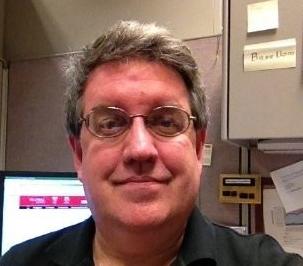 Charles Belt served as president from 1997-1998, when about 100 members were active with 250 members overall. Charles notes that during his term the groups stared mass emailing, a PMP training program, and PDU programs. He also notes that the Kerzner Award started during Adrian’s term and continued while Charles was president. Other items of note during Charles’ term include attending the National Conference during discussions on PMBOK changes, helping to setup another chapter in Ohio, and support of the national growth of the PMI. When Charles was president membership increased, and leadership worked on growing the future chapter while maintaining the present. The group also supported site tours with real world programs and project managers. Charles also explains that recognition of the value of the PMP credential grew during his term and “now most PM jobs require the PMP credential.” His fondest memory was “going to the Cleveland Clinic IT department to present on project management and ending up talking to the group about their PM challenges.”
Charles Belt served as president from 1997-1998, when about 100 members were active with 250 members overall. Charles notes that during his term the groups stared mass emailing, a PMP training program, and PDU programs. He also notes that the Kerzner Award started during Adrian’s term and continued while Charles was president. Other items of note during Charles’ term include attending the National Conference during discussions on PMBOK changes, helping to setup another chapter in Ohio, and support of the national growth of the PMI. When Charles was president membership increased, and leadership worked on growing the future chapter while maintaining the present. The group also supported site tours with real world programs and project managers. Charles also explains that recognition of the value of the PMP credential grew during his term and “now most PM jobs require the PMP credential.” His fondest memory was “going to the Cleveland Clinic IT department to present on project management and ending up talking to the group about their PM challenges.”
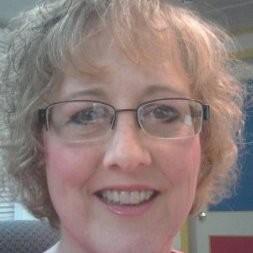 Laura Miller served from 1999-2001, when membership was around 500. Laura explains that “a faction in Akron wanted to split the chapter between Cleveland and Akron. This was when we tried to better serve our geographic area. We started having two evenings a month with the same speaker, once in the Akron area, and once in the Cleveland area. We had to incorporate the chapter and create the Board of Directors. PMI national was trying to change the structure, asking all chapter to have, for example, articles of incorporation.” She also notes that “we had someone hosting our website on a volunteer’s home computer. Volunteer outreach was a concern, and at the time we only published the President’s contact info. It was a very grassroots program. We only had about 5 or 6 volunteers, and we had to grow our group to meet the demands.” With Laura’s presidency came outings to the Rock Hall, Browns Stadium, the Q, and the Science Museum before the venues were open to the public.
Laura Miller served from 1999-2001, when membership was around 500. Laura explains that “a faction in Akron wanted to split the chapter between Cleveland and Akron. This was when we tried to better serve our geographic area. We started having two evenings a month with the same speaker, once in the Akron area, and once in the Cleveland area. We had to incorporate the chapter and create the Board of Directors. PMI national was trying to change the structure, asking all chapter to have, for example, articles of incorporation.” She also notes that “we had someone hosting our website on a volunteer’s home computer. Volunteer outreach was a concern, and at the time we only published the President’s contact info. It was a very grassroots program. We only had about 5 or 6 volunteers, and we had to grow our group to meet the demands.” With Laura’s presidency came outings to the Rock Hall, Browns Stadium, the Q, and the Science Museum before the venues were open to the public.
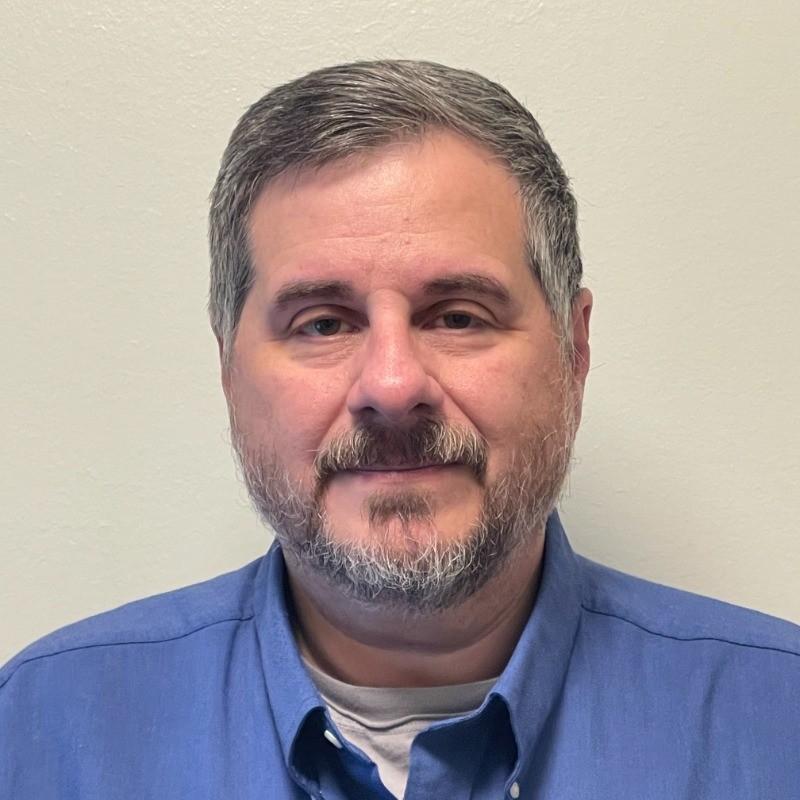 Joe Anastasi served from 2003-2005, when the group started with 700 members and grew to an impressive 1000 members. As Joe puts it, “we were going through the transition to how global PMI was conceptualizing how to govern the chapters. We had to work with the Board to help the chapter migrate towards the governance model. We needed to also grow the volunteer base and make sure we had a solid VP team.” During Joe’s time in office the group developed consistent monthly programs, provided remote access to programming, and highlighted the Cleveland expansion in PMINEO programs and extensive programming with NASA.
Joe Anastasi served from 2003-2005, when the group started with 700 members and grew to an impressive 1000 members. As Joe puts it, “we were going through the transition to how global PMI was conceptualizing how to govern the chapters. We had to work with the Board to help the chapter migrate towards the governance model. We needed to also grow the volunteer base and make sure we had a solid VP team.” During Joe’s time in office the group developed consistent monthly programs, provided remote access to programming, and highlighted the Cleveland expansion in PMINEO programs and extensive programming with NASA.
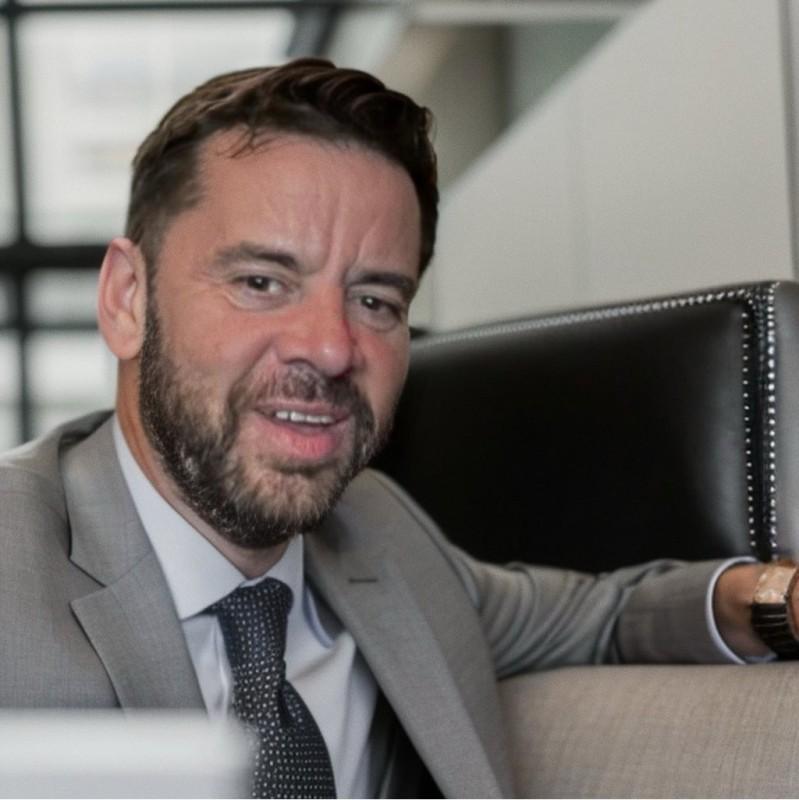 Kevin Cukrowicz served from 2006-2007, when membership was at 1000. Keven notes about his term that the “business model was changing from a small member team to a larger organization that was more sustainable. We had to accommodate between 100-200 people, so we had to find suitable venues without increasing attendee costs.” He also explains that recertification of the chapter was being pushed, addressing the items on the GOC checklist, or core competencies required of each chapter. In addition, PMI pushed the certification of PDU providers, so we decided to partner with PDU providers rather than grow them organically ourselves,” said Kevin.
Kevin Cukrowicz served from 2006-2007, when membership was at 1000. Keven notes about his term that the “business model was changing from a small member team to a larger organization that was more sustainable. We had to accommodate between 100-200 people, so we had to find suitable venues without increasing attendee costs.” He also explains that recertification of the chapter was being pushed, addressing the items on the GOC checklist, or core competencies required of each chapter. In addition, PMI pushed the certification of PDU providers, so we decided to partner with PDU providers rather than grow them organically ourselves,” said Kevin.
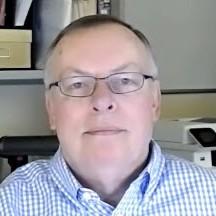 Robert Gombeda served from 2008-2009, when membership was at 1000-1200. Robert notes that the “economy was so bad we were losing members and others were moving away. It was a challenge to grow the membership. We had a restructuring from a volunteer position to an Infrastructure of VPs and Directors.” Developments under Robert’s reign include growth of PMP certifications, watching PMI evolve with the industry, going from PM in its purest form to the different types of certifications, the popularity rising in PMP certifications, and support of the Kerzner Award.
Robert Gombeda served from 2008-2009, when membership was at 1000-1200. Robert notes that the “economy was so bad we were losing members and others were moving away. It was a challenge to grow the membership. We had a restructuring from a volunteer position to an Infrastructure of VPs and Directors.” Developments under Robert’s reign include growth of PMP certifications, watching PMI evolve with the industry, going from PM in its purest form to the different types of certifications, the popularity rising in PMP certifications, and support of the Kerzner Award.
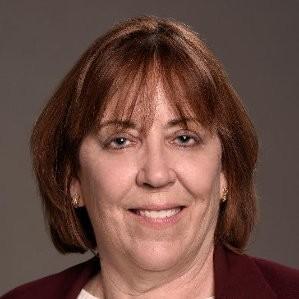 Mary Kosovich served from 2010-2011, when membership was at 965. Mary explains that during the “economic downturn we lost a lot of membership. This affected the programs we could provide. We were challenged to get active volunteers. We tried to initiate a longer-term strategic plan and looked at a broader picture for the strategy of the chapter. We also tried to be more inclusive with active involvement from the Board. The chapter is now much more professional. The focus used to be just PDUs and with time the chapter became more organized. Programs improved.”
Mary Kosovich served from 2010-2011, when membership was at 965. Mary explains that during the “economic downturn we lost a lot of membership. This affected the programs we could provide. We were challenged to get active volunteers. We tried to initiate a longer-term strategic plan and looked at a broader picture for the strategy of the chapter. We also tried to be more inclusive with active involvement from the Board. The chapter is now much more professional. The focus used to be just PDUs and with time the chapter became more organized. Programs improved.”
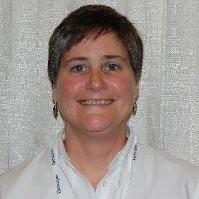 Janet Kuster served from 2012-2015, when membership became stable at 1375. Janet continued a trend of separating governance activities from chapter operations and focusing on long-term planning. Under her leadership, the chapter’s strategic plan, BluePrint2020, was drafted, the Operations Board which functions as the chapter’s PMO was created, and the first formal annual report was published to the membership. Regarding the strategic planning efforts, Janet commented that “many VPs were not familiar with strategic planning at their workplaces so it was a true opportunity for every chapter leader to grow their skills in this area and take them back to their careers.” Janet feels that the chapter’s governance structure has significantly matured and is not a much more sustainable and accountable business model. Some of the most popular programming events during this time were the PMO forums and the visit of the Global Health Innovation Center.
Janet Kuster served from 2012-2015, when membership became stable at 1375. Janet continued a trend of separating governance activities from chapter operations and focusing on long-term planning. Under her leadership, the chapter’s strategic plan, BluePrint2020, was drafted, the Operations Board which functions as the chapter’s PMO was created, and the first formal annual report was published to the membership. Regarding the strategic planning efforts, Janet commented that “many VPs were not familiar with strategic planning at their workplaces so it was a true opportunity for every chapter leader to grow their skills in this area and take them back to their careers.” Janet feels that the chapter’s governance structure has significantly matured and is not a much more sustainable and accountable business model. Some of the most popular programming events during this time were the PMO forums and the visit of the Global Health Innovation Center.

Paul Allen served as president from 2016 through 2019 when membership was at 1,600. Having led development of BluePrint2020 under the prior president, Paul focused on execution of the strategy. Paul's leadership team concentrated on improving the value of chapter membership, streamlining chapter operations, and strengthening ties to local employers. At the time, remote meeting technology started becoming viable en-masse, providing new opportunities to serve practitioners in the outer areas of the chapter's geographic footprint. In addition, a focus was made on relationships with local employers and sponsors, diversifying our income streams, and ensuring chapter members had access to programming that was aligned with marketplace needs. During Paul's tenure, the chapter's annual cadence (objective setting, budgeting, succession planning, and elections) was formalized, allowing the chapter to be more nimble in responding to needs of the members.
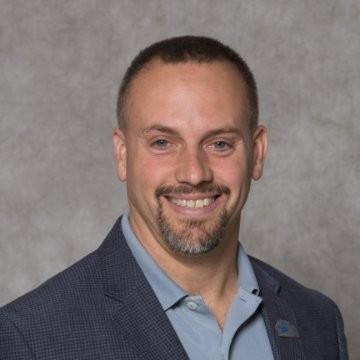 Todd Jones served the chapter as president from 2020 - 2023, through the global pandemic. In March, 2020, the world paused due to Covid-19, forcing PMI and our Chapter to be 100% virtual for nearly two years. Todd led the Board and our teams to transition to all virtual events within 30-days, including holding our signature PDD in May as a virtual event with remote speakers. Chapter events became smaller, more frequent, and free to be more appealing to an audience that was already fatigued from using virtual technology all day at work. Virtual social hours and a food drive were held to benefit those who were out of work. Along with PMI Globally, member engagement suffered which translated to a drop in membership of nearly 20% over the first two-plus years of his tenure. In 2022, in-person events were slowly re-started; virtual events continued to meet the needs of a divided membership. The Chapter experimented with hybrid events, finding them quite challenging to facilitate gracefully. Navigating the new reality, membership bounced back to 1,400. Todd continued the previously established annual cadence with a focus on member value during the second half of his tenure.
Todd Jones served the chapter as president from 2020 - 2023, through the global pandemic. In March, 2020, the world paused due to Covid-19, forcing PMI and our Chapter to be 100% virtual for nearly two years. Todd led the Board and our teams to transition to all virtual events within 30-days, including holding our signature PDD in May as a virtual event with remote speakers. Chapter events became smaller, more frequent, and free to be more appealing to an audience that was already fatigued from using virtual technology all day at work. Virtual social hours and a food drive were held to benefit those who were out of work. Along with PMI Globally, member engagement suffered which translated to a drop in membership of nearly 20% over the first two-plus years of his tenure. In 2022, in-person events were slowly re-started; virtual events continued to meet the needs of a divided membership. The Chapter experimented with hybrid events, finding them quite challenging to facilitate gracefully. Navigating the new reality, membership bounced back to 1,400. Todd continued the previously established annual cadence with a focus on member value during the second half of his tenure.
** The narrative through Janet Kuster was originally written by Sandy Moses and Jeannette Evans for the PMINEO 25th Anniversary.



